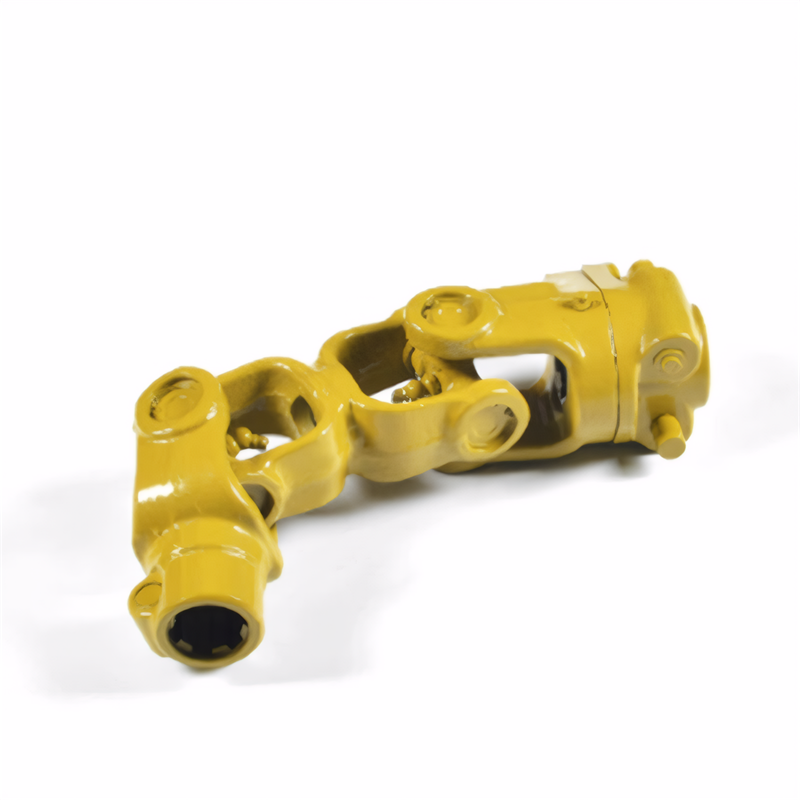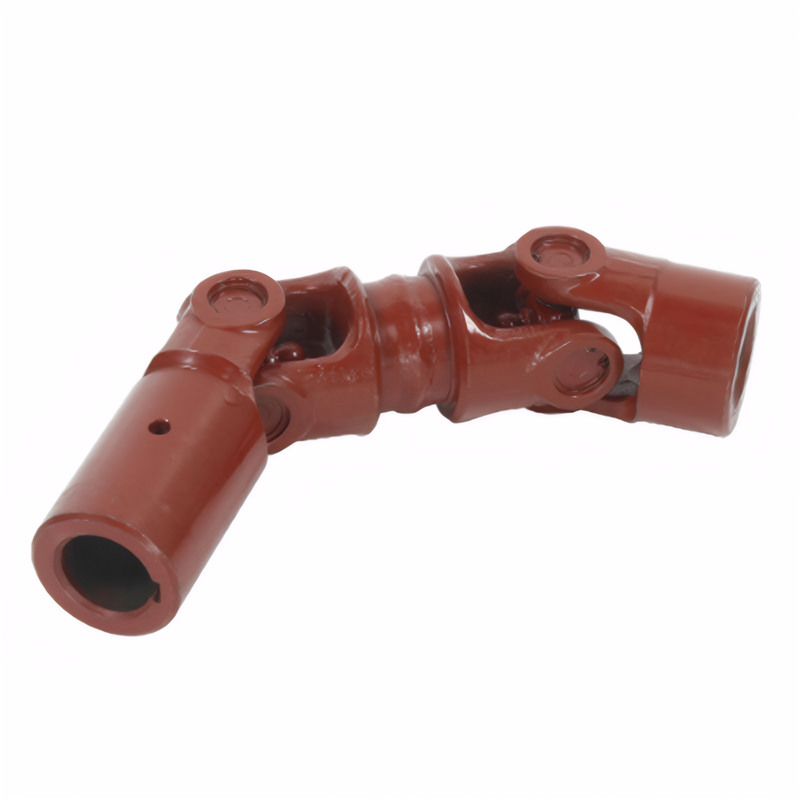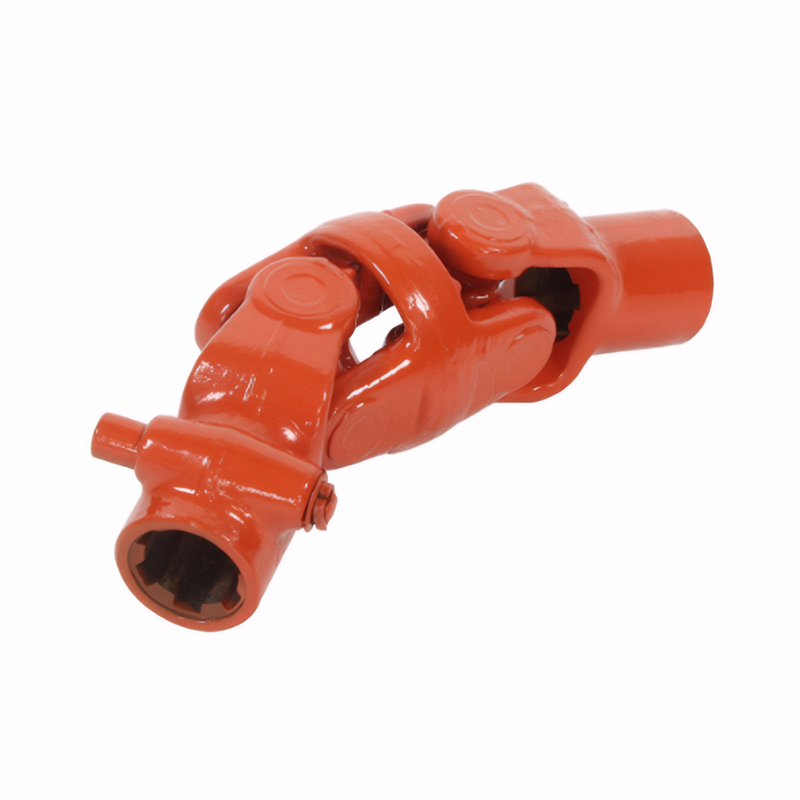Fault diagnosis of abnormal noise from drive shafts and key points of CNC processing services for plastic products
Fault Diagnosis of Abnormal Noises in Transmission Shafts and Key Points of CNC Machining Services for Plastic Products
Fault Diagnosis of Abnormal Noises in Transmission Shafts
Common Noise Types and Their Characteristics
Abnormal noises in transmission shafts can manifest in various forms, each with distinct characteristics. A knocking sound often indicates loose components, such as universal joints or bolts. This type of noise typically occurs at irregular intervals and may become more pronounced during acceleration or deceleration. A grinding noise, on the other hand, is usually a sign of worn - out bearings or insufficient lubrication. It has a continuous and harsh quality, and its intensity may increase with the rotational speed of the shaft. A whining noise can be associated with issues in the gear system or misalignment of the shaft, and it often changes in pitch with the engine speed.
Inspection and Testing Procedures
To accurately diagnose the source of the abnormal noise, a series of inspection and testing procedures should be carried out. Start by visually inspecting the transmission shaft and its related components for any signs of damage, such as cracks, wear, or loose connections. Check the universal joints for excessive play by manually moving them back and forth. Next, use a stethoscope or a long - handled screwdriver to listen for the noise at different points along the shaft and its associated parts. This can help pinpoint the exact location of the problem. Additionally, perform a road test to observe how the noise changes under different driving conditions, such as uphill, downhill, or on different road surfaces.
Analyzing Potential Causes
Once the noise characteristics and the location of the problem have been identified, analyze the potential causes. If the knocking noise is coming from the universal joints, it could be due to worn - out bearings inside the joints or loose retaining clips. A grinding noise may indicate that the bearings in the transmission shaft support are damaged or that there is a lack of proper lubrication. For a whining noise, misalignment of the shaft, damaged gears in the differential, or issues with the driveshaft center support bearing could be the culprits. By considering these factors in combination with the inspection results, a more accurate diagnosis can be made.
Key Points of CNC Machining Services for Plastic Products
Material Selection and Properties Consideration
When providing CNC machining services for plastic products, selecting the right material is crucial. Different plastic materials have unique properties, such as strength, flexibility, heat resistance, and chemical resistance. For example, if the plastic product will be used in an environment with high temperatures, a heat - resistant plastic like polyphenylene sulfide (PPS) may be a suitable choice. Consider the mechanical requirements of the product, such as the load it will bear and the type of forces it will be subjected to. Also, take into account the manufacturing process and the ease of machining the selected material to ensure high - quality finished products.
Precision and Tolerance Control
Precision is of utmost importance in CNC machining of plastic products. The machining process should be carefully controlled to achieve the desired dimensions and tolerances. This requires the use of high - precision CNC machines and accurate measurement tools. Set appropriate tolerance limits based on the function and application of the plastic product. For instance, if the product is a precision component that needs to fit precisely with other parts, tighter tolerances will be required. Regularly calibrate the CNC machines and measure the machined parts during the production process to ensure that they meet the specified precision and tolerance requirements.
Surface Finish and Quality Enhancement
The surface finish of plastic products can significantly impact their appearance and functionality. A smooth surface finish may be required for products that need to have a high - quality aesthetic appearance or for those that will be in contact with other surfaces to reduce friction. To achieve a good surface finish, optimize the cutting parameters during CNC machining, such as the spindle speed, feed rate, and depth of cut. Additionally, consider post - machining processes such as polishing, sandblasting, or coating to further enhance the surface quality of the plastic products. These processes can remove any surface imperfections, improve the product's resistance to wear and corrosion, and give it a more professional look.
Integration of Fault Diagnosis and CNC Machining Knowledge
Applying Machining Knowledge to Transmission Shaft Component Production
The knowledge gained from CNC machining services for plastic products can be applied to the production of components related to transmission shafts, even if they are not made of plastic. For example, understanding the importance of precision and tolerance control in CNC machining can help ensure that metal components of the transmission shaft, such as the yokes and bearing housings, are manufactured to exact specifications. This, in turn, can reduce the likelihood of misalignment and other issues that can lead to abnormal noises in the transmission shaft.
Using Fault Diagnosis Insights for Machining Process Improvement
Conversely, insights from the fault diagnosis of abnormal noises in transmission shafts can be used to improve the CNC machining process. If a particular type of abnormal noise is found to be caused by a manufacturing defect in a component, such as a rough surface finish on a bearing surface, the machining parameters can be adjusted to achieve a smoother finish. By continuously analyzing the relationship between machining quality and the performance of the final product (in this case, the transmission shaft), the CNC machining process can be optimized to produce higher - quality components and reduce the occurrence of faults and abnormal noises.
 Accuracy requirements for the
Accuracy requirements for the
 Selection of universal joint t
Selection of universal joint t
 Standard for coaxiality error
Standard for coaxiality error
 Requirements for the surface r
Requirements for the surface r
 简体中文
简体中文 English
English
